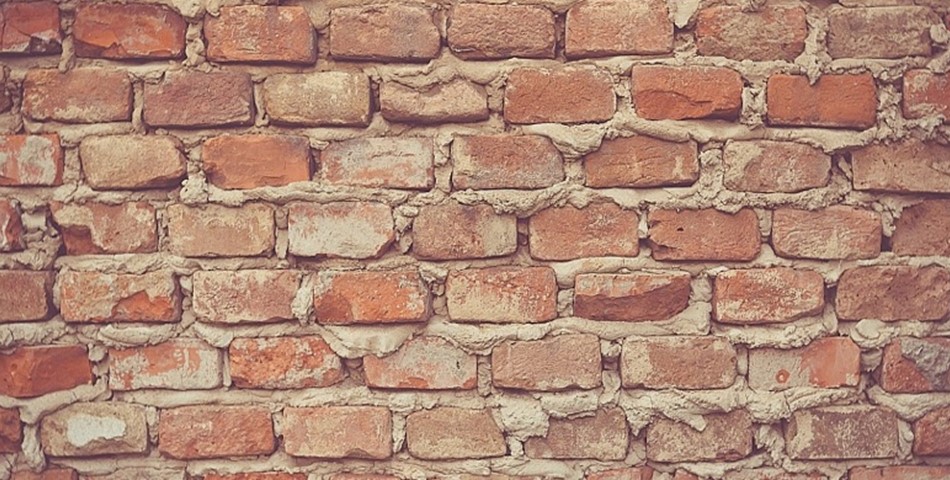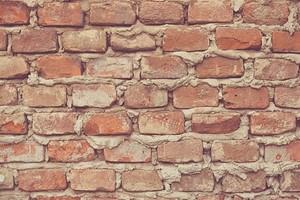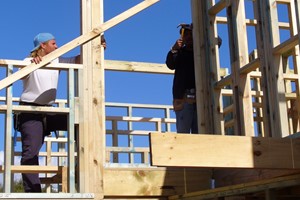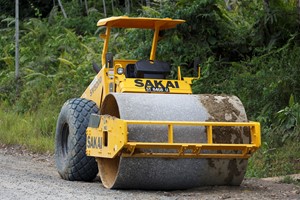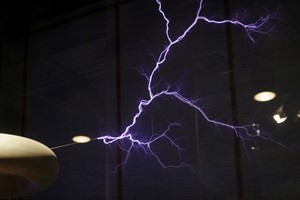With the inevitability increase in the housing crises and the global climate change, it is more than ever essential to reduce our energy consumption and choose wisely construction materials.
Eco-Friendly building material is a type of material that doesn't harm the environment, whether in its production, use or disposal and can easily be recycled.
Using Eco-Friendly materials is hugely beneficial in the long run. Building a green home reduces carbon emissions significantly and saves energy, which results in saving money on energy bills.
Researchers in Spain and Scotland have been experimenting with the strength qualities of modern forms of unfired clay bricks, discovering what have been dubbed wool bricks. They are an almost zero-carbon product that can be sourced using local materials and may just be a step in the right direction towards a greener future of building.
More than nine billion conventional bricks are manufactured every year to meet our insatiable construction demand. They are a major source of polluting greenhouse gases, being traditionally kiln-fired to increase their strength, which uses huge amounts of wood, coal and natural gas. Brick kilns release toxic fumes containing suspended particulates with high concentrations of carbon monoxides and oxides of Sulphur (SOx), which can have serious health and environmental impacts. It has been estimated that per brick, around 1.4 pounds of carbon is released into the atmosphere, and this is having devastating impacts on air pollution, particularly in developing countries like India and China. After vehicle emissions, the brick manufacturing industry is one of the main sources of SOx emissions, not to mention the wood resources needed to fire the kilns and the impact this has on deforestation across the globe.
But there’s a movement to come up with more sustainable and alternative bricks, without the need for kiln firing, whilst still retaining the strength properties necessary for building. Untreated clay has long been used throughout history as a building material, with houses built from earth combined with plants and pebbles found in archaeological sites in Sardinia dating back to around 1,400BC.
What are wool bricks?
Wool bricks are made by adding wool fibers to the regular clay material used to make bricks, then combined with an alginate conglomerate, a natural polymer extracted from the cell walls of seaweed. They are naturally dried (rather than the energy-intensive and polluting process of firing) and the result is a brick that is less prone to cracking and less likely to warp. They have shown to be stronger than unfired, stabilized earth bricks, and when made using locally sourced products, can be labeled as a zero-carbon brick.
Who developed them?
Carmen Galán and Carlos Rivera from the Schools of Architecture in the Universities of Seville (Spain) and Strathclyde (Glasgow, United Kingdom) are the researchers behind wool bricks. They were invented as part of a move by the two universities to find more sustainable building materials, which would at the same time improve on the mechanical qualities of conventional products: “The objective was to produce bricks reinforced with wool and to obtain a composite that was more sustainable, non-toxic, using abundant local materials, and that would mechanically improve the bricks’ strength”.
This research collaboration utilized clay-based soils sourced from brick manufacturers in Scotland, together with locally produced wool from a textile industry that is dealing with a surplus. They played around with reinforcing different soil types with sheep’s wool, resulting in various qualities in the bricks: “The aim was to produce a material suitable for adverse climatic conditions, such as the specific ones in the United Kingdom.”
Why are they better than regular mud bricks?
Wool bricks have been developed as part of a move towards more sustainable construction materials, with the ability for them to be manufactured without firing their most environmentally friendly quality. Compared to baked earth bricks and concrete blocks, the energy needed to create them is significantly reduced, creating a greener alternative to these conventional building materials.
Mechanical tests also indicate that wool bricks are around 37% stronger than conventional bricks made using unfired, stabilized earth. The researchers explained the addition of wool into the clay mix, saying “These fibers improve the strength of compressed bricks, reduce the formation of fissures and deformities as a result of contraction, reduce drying time and increase the bricks’ resistance to flexion.”
The result is a more durable brick, whose environmental footprint is severely reduced, without compromising on the strength of the building material. For regions where both clay-based soils and wool surplus products are available, “wool bricks” could have a bright future.
The future of wool and alternative bricks
They follow a move by innovators around the world to create more sustainable building blocks. Other alternative bricks which are on the market include the cellulose, cement, sand and binder bricks known as Timbercrete, devised by Peter Collier in Australia. They are lighter than bricks made from clay or concrete and have a higher insulation value, as well as sequestering carbon. Timbercrete bricks contain around 50% cellulose and don’t need kiln firing either, severely reducing their energy impact and pollution. They cost around the same as conventional bricks, but without the need for an interior or exterior finish, they could result in considerable savings for those building new homes.
Another alternative brick on the market is so-called “waste bricks”, devised by Professor Poon Chi-sun of the Department of Civil and Structural Engineering at Hong Kong Polytechnic University. He was looking to find a solution for the more than 3,000 tons of construction waste that ends up in Hong Kong’s landfills on a daily basis, and using it as a substitute for the aggregate, cement and sand traditionally used in brick manufacture.
Fly ash is used to replace around 20% of the cement, while pulverized glass bottles replace around 50% of the sand traditionally used. They are manufactured into bricks without the need for kiln firing, reducing the carbon dioxide emissions by about 80% when compared to conventional bricks. In addition, a coating of titanium dioxide helps to convert polluting nitrogen oxides emitted by cars and factories into nitrates which can then be safely washed away by rain. These “waste bricks” or “eco blocks” are now being commercially produced by Laputa Eco-Construction Material Company Limited and sold as a product called Tiostone.
The worldwide Eco-Friendly Brick market is expected to grow at a booming CAGR of 2022-2027, rising from USD billion in 2021 to USD billion in 2027.




